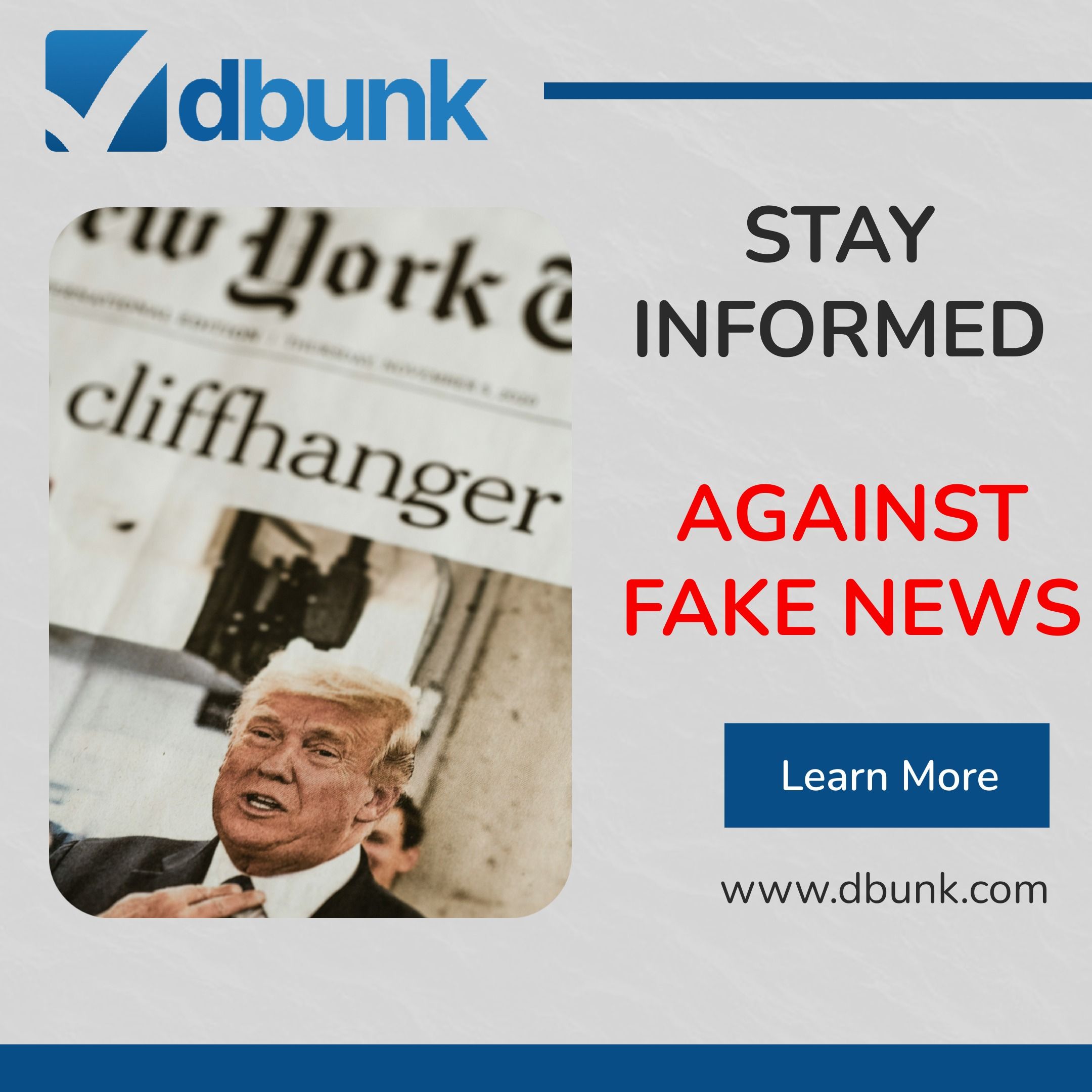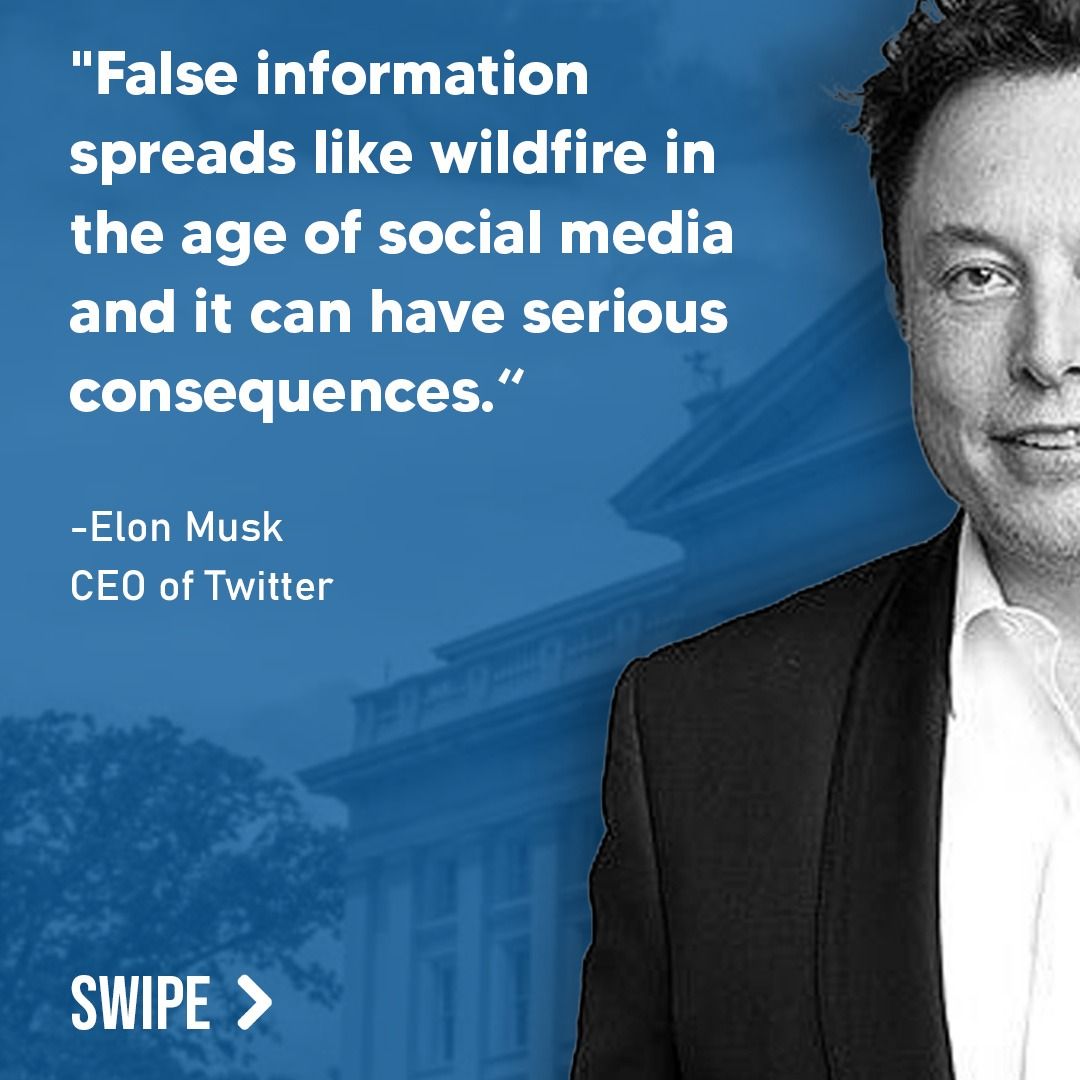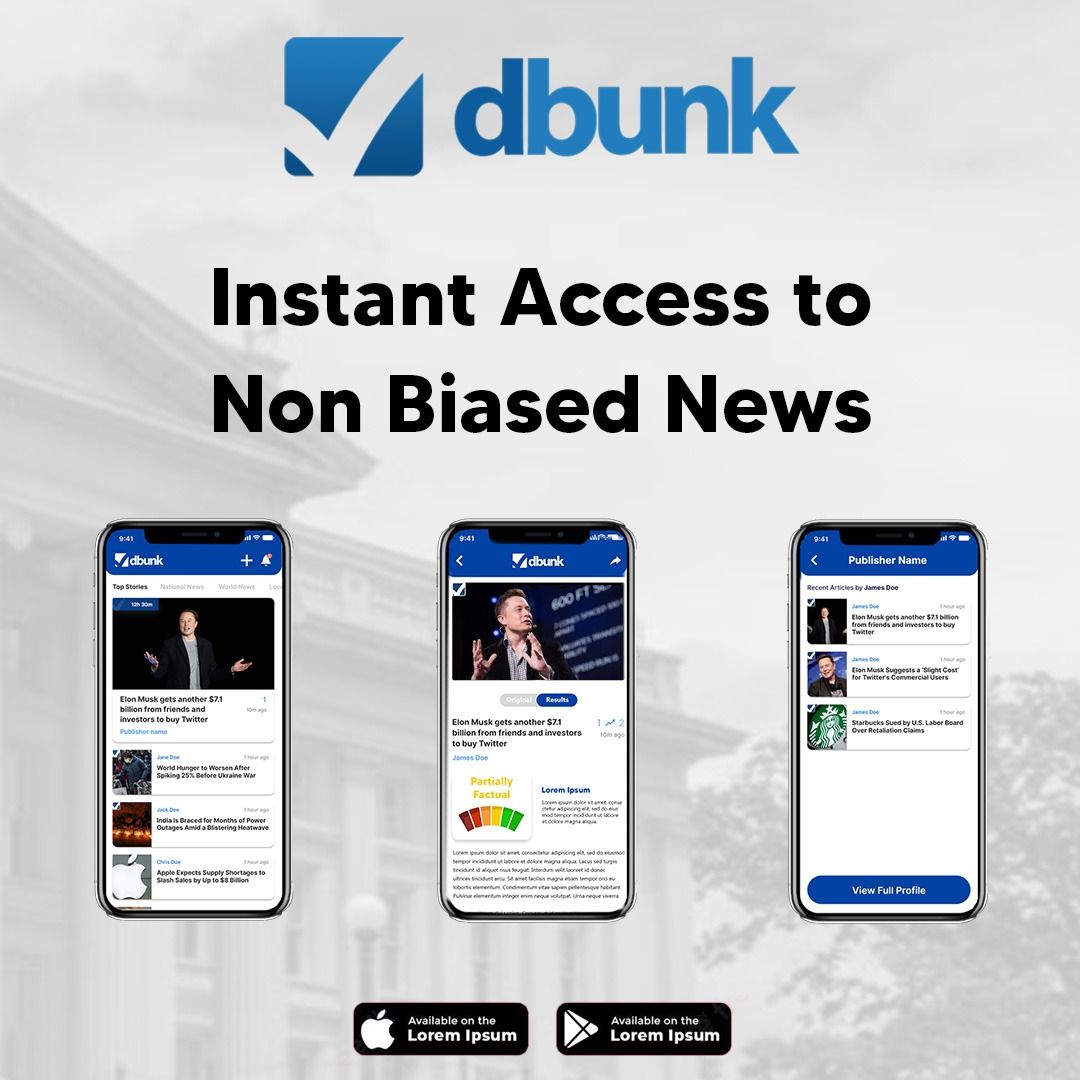Fact Check Analysis: CDC Ordered to Stop Working With WHO
Submitted by one of our subscribers—join DBUNK today to submit your questions for fact-checking!
The recently published article CDC ordered to stop working with WHO immediately, upending expectations of an extended withdrawal has sparked widespread concern and confusion among readers. We’ve thoroughly examined its claims to assess whether the sudden cutoff between the CDC and the WHO is as dramatic and unanticipated as reported. Broadly, the article highlights a significant and rapid policy change; however, closer scrutiny reveals that some statements within the article are missing critical context and may mislead readers.

Main Concerns Identified in the Article
The article reports the CDC’s abrupt suspension of collaboration with the WHO after a memo allegedly followed a directive from the Trump administration, issuing a sudden “stop-work policy.” This story was widely shared as breaking news; however, several details within require closer examination:
Is the Memo Mentioned in the Article Real?
Based on an independent review of records and credible sources, there is no publicly verifiable copy of the memo that John Nkengasong allegedly sent. While the Associated Press claims to have reviewed the memo, no scanned copy or direct quotes from the document are publicly available for verification.
Furthermore, John Nkengasong is currently serving as the U.S. Global AIDS Coordinator, which raises questions about the direct involvement a high-ranking AIDS program official has with CDC-WHO communications concerning topic areas such as the Marburg virus or bird flu outbreaks. This creates a gap in the claims made by the article. Readers are justified in questioning whether administrative protocols were followed.
Immediate Communication Freeze: Is This Standard Procedure?
The article implies that the sudden halt startled even health experts close to the situation, such as Dr. Jeffrey Klausner. While such measures may seem extreme, further investigation reveals upcoming policy reviews that could explain the temporary freeze. Sources indicate that a “pause in public agency communications” often aligns with administrative transition processes or executive order reviews. These nuances are missing from the article, distorting the magnitude of the decision and its broader context.

The Mechanics of withdrawal from WHO: Legal and Procedural Context Lacking
While it is true that President Donald Trump issued an executive order to withdraw from the World Health Organization, the piece sidesteps critical procedural steps required before execution. Withdrawal from WHO mandates approval from Congress, fulfillment of financial commitments for the fiscal year, and a one-year notice. This oversight might leave readers with the incorrect understanding that the withdrawal is finalized or immediate. It is neither.
This nuance is critical, especially because suspension of collaborative work between the CDC and WHO could reflect an interim pause rather than a permanent severance.
Does the Reporting Overstate the “Health Risks” Impact?
The article underscores severe health threats as a direct consequence of halting CDC-WHO communication, citing programs like PEPFAR and outbreak surveillance in Africa. While these concerns are legitimate, the timeline and phrasing lack substantiated data that directly correlates short-term communication suspension with life-threatening consequences. Public health crises are complex; in many cases, multiple layers of international collaboration remain in effect even during bureaucratic pauses. The alarmist tone of the article risks amplifying panic unnecessarily.
User Question: Why Did This Policy Shift Happen?
To answer the core question submitted by our reader—why did the U.S. abruptly halt CDC-WHO collaboration?—our findings suggest that while a political decision appears to motivate this shift, the article does not provide concrete proof of specific objectives behind this action. Historically, tension between U.S. funding commitments and criticisms against WHO’s operations has been part of political debates. However, without transparent communications from both CDC and HHS, attributing a clear motive to this decision remains speculative.
Readers are encouraged to think critically about political, procedural, and logistical factors when considering such sweeping changes.

DBUNK’s Verdict
The article from Associated Press provides informative details about the CDC and WHO collaboration halt but falls short in addressing the full context, leaving room for misinterpretation. Specifically, the absence of verifiable evidence for a sudden “stop-work memo” and insufficient exploration of procedural norms weakens its argument. Furthermore, the exaggerated focus on potential health consequences skews the narrative toward panic rather than pragmatism.
We urge readers to approach the report critically and seek updates from reliable, transparent sources.
Eliminate the guesswork. Download DBUNK on launch day and empower yourself to combat misinformation once and for all!

